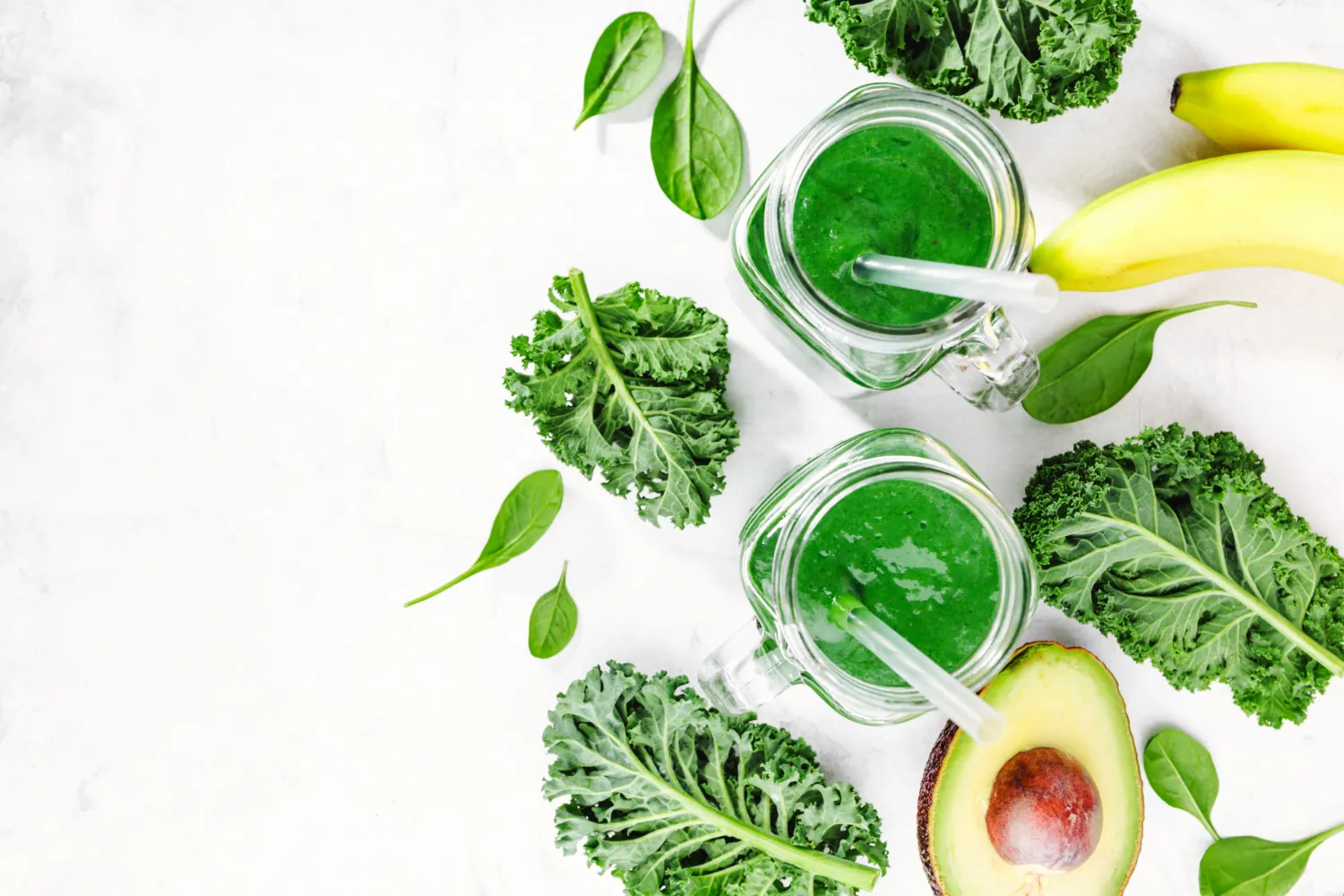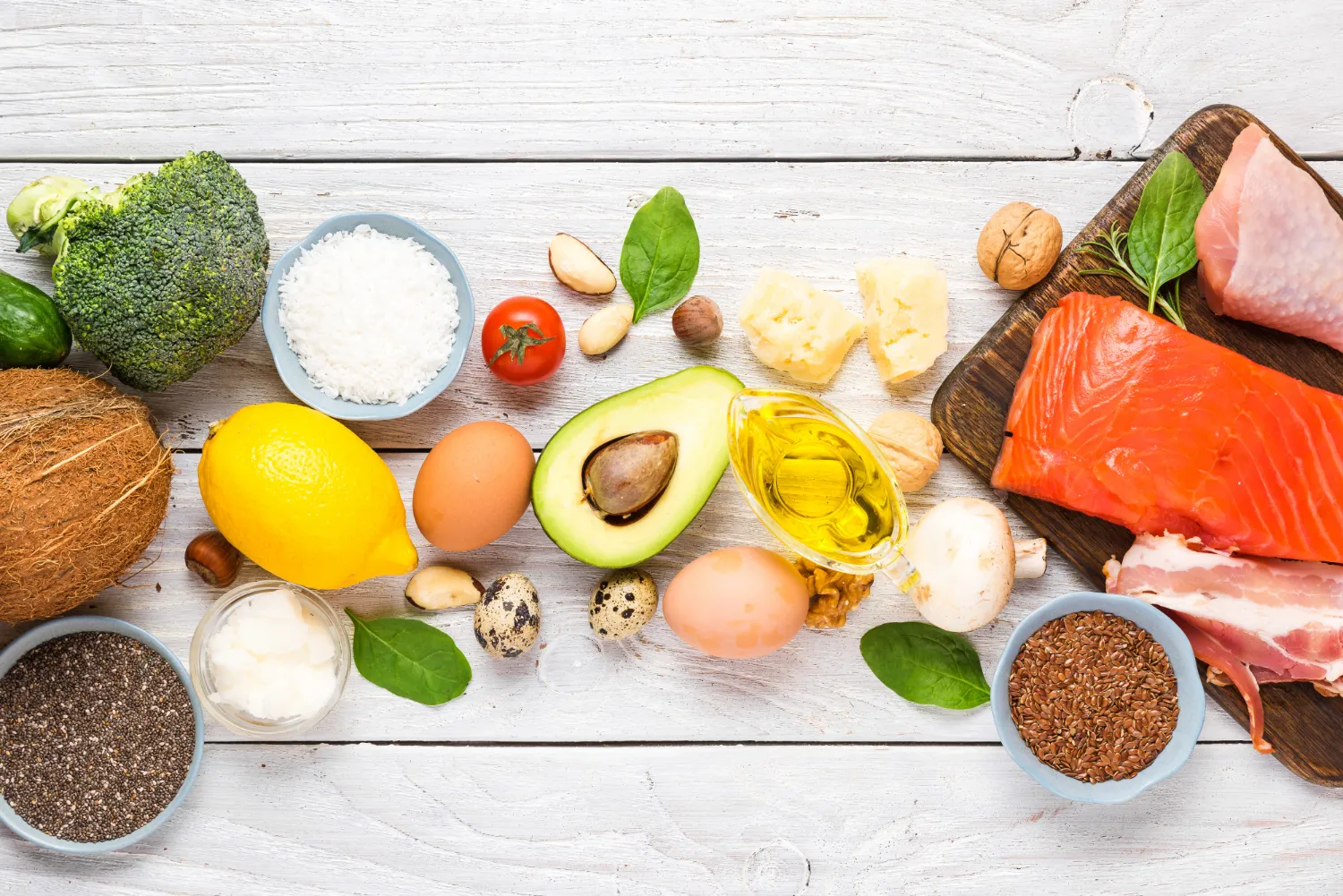Best Macro Foods for Easy Macro Counting: Simple Choices for Each Macro
Believe it or not, you don’t need fancy math skills or food scales to track what you eat.
Macro counting is a practical way to reach your health goals by focusing on three main food building blocks: proteins, carbohydrates, and fats. Many people feel overwhelmed when starting their fitness journey, but macro counting and picking simple foods make the transition much easier.
Introduction to Macro Counting and Food Choices

Your food choices can make or break your success with macro counting. That's why smart eaters pick straightforward foods with clear macro profiles.
Top Protein Foods for Easy Macro Counting
Lean Meats and Poultry
Chicken breasts are a staple of any macro counter. A 4-ounce portion contains roughly 25 grams of protein with minimal fat. As an alternative, turkey offers similar nutrients per portion with a slightly different flavor. You can also use either ground turkey or chicken breasts for easier meal prep.
Lean beef cuts like sirloin or flank steak are also an excellent alternative. These meats typically provide 7 grams of protein per ounce.
Plant-Based Proteins and Legumes
A cup of tofu contains 20 grams of protein and healthy fats. Black beans are also rich in fiber and contain 15 grams of protein per cub. Lentils aren’t too far off in terms of numbers, but they’re better in that they’re easier to prepare compared to other beans, making them a convenient option. Finally, tempeh and chickpeas simplify tracking by delivering steady protein content per serving.
Dairy and Eggs
Greek yogurt revolutionized protein tracking with its thick, creamy texture. A single cup typically contains 20 grams of protein. Skyr yogurt contains nearly as much sugar but has more carbohydrates. Cottage cheese trumps both in terms of protein content per serving and has a much lower carbohydrate content.
For a more accessible and visible protein source, nothing beats eggs. A large egg contains about 6 grams of protein, mostly from the egg whites. You can avoid eating the yolk to avoid the added (but admittedly healthy) fat.
Protein Powders for Quick Meals
Nothing is easier and more simple than making a protein powder drink with whey protein. Plant-based protein powders work just as well as their non-vegan counterparts, whether you're vegan or vegetarian. Both mix easily into smoothies and oatmeal for a more consistent source of protein.
Best Carbohydrate Foods for Macro Counting

Whole Grains and Fiber-Rich Options
Rice, oatmeal, and quinoa are excellent bases for macro counting. Quinoa, in particular, is the best among the three for its high complex carbohydrate and protein content. You can also eat sweet potatoes as an alternative.
Low-Glycemic Fruits and Vegetables
Have you ever heard the phrase “eating the rainbow?”
Make macro counting easy by eating low-glycemic fruits and vegetables like apples, berries, broccoli, spinach, peaches, and bananas. These all make flexible and nutrient-filled snacks and meal fillers.
Simple Carbs for Quick Energy
We’ve already mentioned bananas, but they warrant singling out. A banana can provide reliable fuel, containing about 27 grams of carbs per fruit. They’re best eaten before and after workouts.
Healthy Fats for Easy Macro Counting

Nuts and Seeds
Almonds, walnuts, and chia seeds provide concentrated fat sources. One ounce of almonds, or approximately 23 pieces, delivers about 14 grams of fat.
Oils and Avocado
A medium avocado contains roughly 21 grams of healthy fats. Their creamy texture makes them satisfying to enjoy alone as a snack while keeping macro counting simple. Most grocery stores sort avocados by size, which helps with portion control. Meanwhile, pure olive oil, which contains 14 grams of fat per tablespoon, makes fat tracking crystal clear.
Fatty Fish and Omega-3 Sources
Single-serve cans of tuna, mackerel, and sardines have built-in portion control, allowing for quick meals with precise portions. But wild and farmed salmons are generally the best source of omega-3 fatty acids. A 4-ounce serving will typically contain about 9-15 grams of fat.
Tips for Measuring and Portioning Macro Foods

Using a Food Scale for Accuracy
Invest in basic measuring tools like food scales and measuring cups. These items remove guesswork from portion sizes, especially at the beginning. Once you’ve gotten used to your usual portions, it will be easier to make accurate estimates just by looking at the food on your plate.
Estimating Portions When You Don’t Have a Scale
For occasions when you don’t have access to a scale—like when you’re eating out in restaurants, for example—you can look at your hands to make an educated guess.
A palm-sized serving will contain approximately 4 ounces of protein foods, while a closed fist matches a cup of carbohydrates. Your thumb tip should represent at least a tablespoon of fats.
You may want to practice comparing your hand’s measurements to scaled portions at home for more accurate tracking, especially when on the go.
Sample Meal Ideas Using Macro-Friendly Foods

Breakfast Options
Power-Packed Overnight Oats
Mix a half-cup of rolled oats with three-fourths cup of unsweetened almond milk. Add one scoop of vanilla protein powder and a tablespoon of chia seeds. You can top this with a half cup of mixed berries the morning after preparing, right before you eat it.
Macros: 32g protein, 45g carbs, 9g fat
Savory Breakfast Bowl
Scramble three egg whites with one whole egg. Add 1/2 cup black beans plus 1/4 avocado. Serve with 1/3 cup cooked quinoa.
Macros: 28g protein, 35g carbs, 14g fat
Greek Yogurt Paradise
Layer a cup of plain Greek yogurt with a third cup of granola. Add a tablespoon of honey and a tablespoon of sliced almonds. Top it with half of a sliced banana.
Macros: 24g protein, 48g carbs, 8g fat
Lunch and Dinner Options
Mediterranean Chicken Bowl
Place 5 oz of grilled chicken breast over three-fourths cup of cooked brown rice. Add a cup of cucumber-tomato mix and two tablespoons of hummus. Drizzle with a teaspoon olive oil.
Macros: 38g protein, 45g carbs, 14g fat
Tuna Protein Plate
Combine one can of chunky light tuna (26g protein) with a tablespoon of light mayo (5g fat). Serve alongside one medium sweet potato (25g carbs) and mixed greens.
Macros: 25g carbs, 26g protein, and 5g fat.
Tempeh Buddha Bowl
Serve 4 oz marinated tempeh over a cup of roasted sweet potato chunks. Add one and a half cups of mixed vegetables and a tablespoon of sesame seeds. Dress with two teaspoons of soy sauce.
Macros: 24g protein, 48g carbs, 12g fat
Snack Ideas for Macro Counting
Protein Smoothie
Blend one scoop of whey protein powder with a cup of frozen fruit and a tablespoon of flax seeds.
Macros: 30g carbs, 24g protein, and 4g fat.
Trail Mix Winner
Mix an ounce of almonds with one-fourth cup of dried cranberries.
Macros: 33g carbs, 6g protein, and 14g fat.
Afternoon Protein Box
Pack 2 oz turkey breast with one string of cheese. Add 15 grapes plus 12 almonds.
Macros: 18g protein, 15g carbs, 10g fat
Recap: Making Macro Counting Simple with the Right Foods
Who says that macro counting has to be complicated? Picking the easily measurable food examples we gave you removes much of tracking's complexity, demystifying what many believe is a difficult approach to fitness and overall better health.
Start your macro journey with these straightforward food choices to make small steps towards bigger health goals over time.
Sources
FAQs
Do I have to weigh everything on food scales?
No. Having access to food scales is good. They’re the best way to track macros. Measuring cups work fine for most foods if you don’t have a food scale. But if you have neither, you can develop good eyeballing skills after consistent measuring practice.
What makes certain foods better for macro counting?
Single-macro foods help beginners learn portion sizes. We recommend starting with chicken breast, rice, and olive oil, which have simple macro profiles.
What happens if my macro counts are wrong for the day?
Tomorrow brings fresh opportunities for accurate tracking. Don’t get hung up on small mistakes. These moments teach you valuable lessons about proper portion sizes and control. Consistency matters more than occasional tracking hiccups.
Are marinades counted in macros?
Count marinades if they’re oiled-based. Water-based marinades add minimal calories. Either way, make it a point to drain excess marinade before cooking for more accurate counts.
How do I adjust my macros on rest days?
To lower your carbohydrate intake slightly on rest days, your protein intake should stay constant for recovery. You might also want to increase your fats to maintain your daily calorie intake goals.














